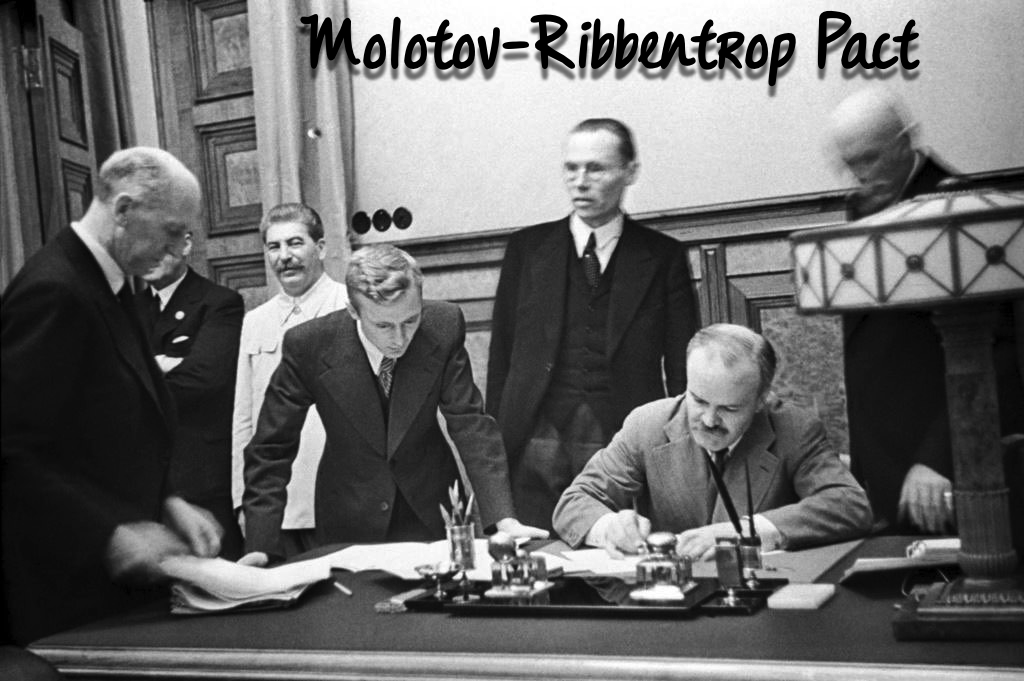Molotov-Ribbentrop Pact
Molotov-Ribbentrop Pact This topic has, admittedly, been touched on in a post about Operation Barbarossa(or will be, in this case). However, I felt a personal need… Read More »Molotov-Ribbentrop Pact
Molotov-Ribbentrop Pact This topic has, admittedly, been touched on in a post about Operation Barbarossa(or will be, in this case). However, I felt a personal need… Read More »Molotov-Ribbentrop Pact
